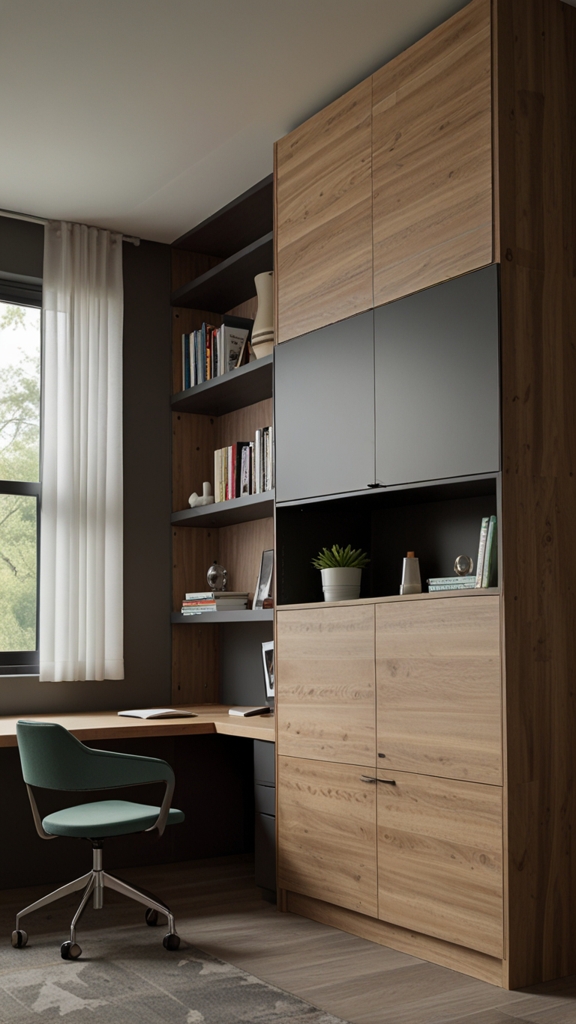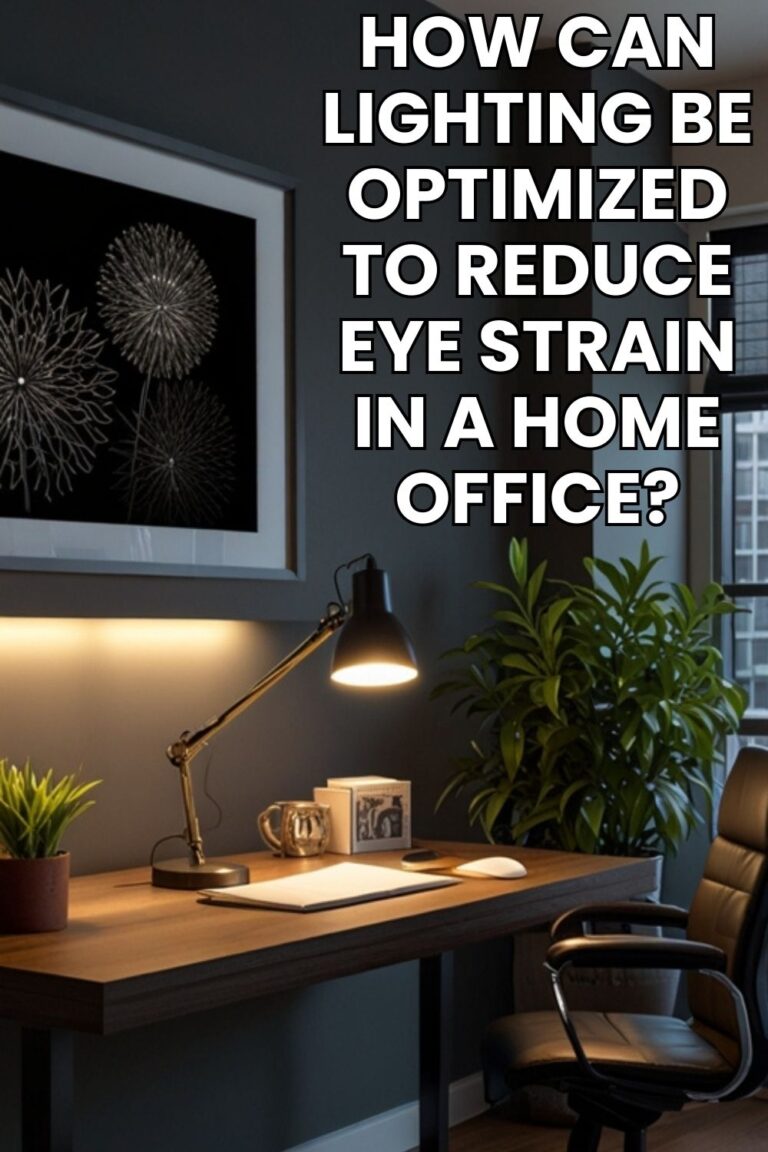When designing or redesigning your home, built-ins offer an appealing combination of functionality and aesthetics. From bookshelves and entertainment units to closets and office spaces, built-ins are tailored to fit seamlessly into your home’s layout. But what if your needs change over time? Modular and adjustable built-ins provide the flexibility to adapt to your evolving lifestyle while maintaining the elegance of custom design.
The Case for Modular and Adjustable Built-Ins :

Traditional built-ins are often static, designed to serve a specific purpose in a fixed configuration. While this works for certain spaces, it can become limiting as your household or storage needs grow or shift. Modular and adjustable built-ins solve this problem by offering:
- Versatility: They adapt to different uses, allowing you to reconfigure or expand the structure without major renovations.
- Cost Efficiency: Instead of replacing entire units, you can modify or add components over time.
- Sustainability: With adjustable components, you can repurpose furniture rather than discarding it, reducing waste.
- Aesthetic Longevity: As your design preferences change, modular systems allow you to tweak the look without starting from scratch.
Whether you’re a homeowner seeking practicality or a design enthusiast aiming for style, modular built-ins balance function and form for the long haul.
Key Features of Modular Built-Ins :

To truly deliver future flexibility, modular built-ins incorporate specific features:
- Interchangeable Components: Modular systems consist of separate pieces that can be swapped out or rearranged. For example, adjustable shelves in a bookcase allow you to accommodate both coffee table books and smaller paperbacks.
- Expandable Frameworks: These designs allow for the addition of new modules, whether it’s extending a closet system or expanding a media center as your tech collection grows.
- Adjustable Shelving and Panels: Moveable elements let you modify the unit to meet shifting storage or display needs.
- Universal Design Aesthetic: Sleek and neutral finishes ensure the built-ins blend with various decor styles, making future updates easier.
Practical Applications of Modular Built-Ins :

The versatility of modular and adjustable built-ins can revolutionize multiple areas of your home:
1. Living Room
- Entertainment Centers: Modular units can evolve alongside your technology. Start with a minimalist TV stand and add shelving or cabinets for gaming consoles, speakers, or collectibles.
- Bookshelves: Adjustable shelves let you organize books, art, or plants with ease, adapting to new trends or growing collections.
2. Home Office
- Workstations: Adjustable desk heights and modular storage units accommodate changing ergonomic needs or additional equipment.
- Filing and Storage Systems: Drawer configurations can shift to handle paper files, office supplies, or tech gadgets, offering adaptability as digital storage reduces paper use.
3. Bedroom Closets
- Wardrobe Systems: Adjustable rods, drawers, and shelves allow you to rearrange or expand closet space for seasonal needs or a growing wardrobe.
- Multi-Functional Units: Incorporate pull-out hampers, modular shoe racks, or adjustable jewelry trays.
4. Kitchens and Pantries
- Cabinetry: Pull-out racks, adjustable shelving, and removable inserts make it easy to adapt kitchen storage for changing needs.
- Pantries: Modular shelves and bins accommodate bulk storage or reorganize as dietary habits evolve.
5. Kids’ Rooms
- Storage Units: Modular cubbies and adjustable shelving grow with your child’s changing needs—from toys to books to hobby supplies.
- Desks: A desk that starts as a craft station can evolve into a study space or gaming setup.
6. Garages and Utility Rooms
- Tool Storage: Adjustable hooks and modular shelving systems create a space-efficient solution for tools, sports equipment, or seasonal decor.
- Laundry Areas: Modular cabinets and pull-out hampers allow for flexible sorting and storage.
Planning Your Modular Built-Ins :

To maximize the benefits of modular and adjustable built-ins, thoughtful planning is key:
- Assess Current and Future Needs: Consider how your household’s storage and functional requirements might evolve. Are you planning for a growing family, accommodating hobbies, or anticipating a home office expansion?
- Choose Quality Materials: Durable materials such as engineered wood, metal, or high-quality composites ensure the longevity of your system.
- Opt for Neutral Designs: Stick to timeless colors and finishes that can complement evolving decor styles.
- Think Ahead: Ensure the modular system you choose has expansion options or interchangeable components for future updates.
- Prioritize Accessibility: Adjustable elements should be easy to move, secure, and reconfigure without professional assistance.
- Budget for Flexibility: While modular systems can be more expensive upfront, their adaptability offers long-term savings.
Pros and Cons of Modular and Adjustable Built-Ins :

No system is without trade-offs. Here’s a breakdown of the benefits and potential drawbacks:
Pros:
- Flexibility: Adaptability ensures your built-ins remain functional and stylish over time.
- Customization: Components can be tailored to your specific needs.
- Cost Savings: Reduce the need for complete replacements by modifying existing structures.
- Ease of Use: Modular systems are often DIY-friendly, simplifying updates and installations.
Cons:
- Upfront Costs: High-quality modular systems can be pricier than traditional built-ins.
- Design Limitations: Modular options may not achieve the same “perfect fit” as custom built-ins.
- Durability Concerns: Some modular components may not match the sturdiness of custom, fixed units.
Modular Trends to Watch in Built-In Design :

The growing demand for flexibility in home design has spurred innovation in modular built-ins:
- Smart Integration: Built-ins now incorporate charging docks, smart lighting, and cable management for seamless tech integration.
- Eco-Friendly Materials: Sustainable wood, recycled composites, and non-toxic finishes are gaining popularity.
- Multi-Functional Designs: Hybrid units, such as a bookshelf doubling as a room divider, add versatility to modular systems.
- Compact Solutions: Modular systems are increasingly designed for smaller spaces, offering adaptability without sacrificing functionality.
Final Thoughts :

Modular and adjustable built-ins are an investment in the future of your home. They provide the flexibility to adapt to changing needs, ensuring that your space remains functional, stylish, and aligned with your lifestyle. Whether you’re planning a new build or revamping an existing space, consider modular systems as a forward-thinking solution that grows with you. With careful planning and the right materials, these built-ins can elevate your home’s design while offering unparalleled adaptability for years to come.







